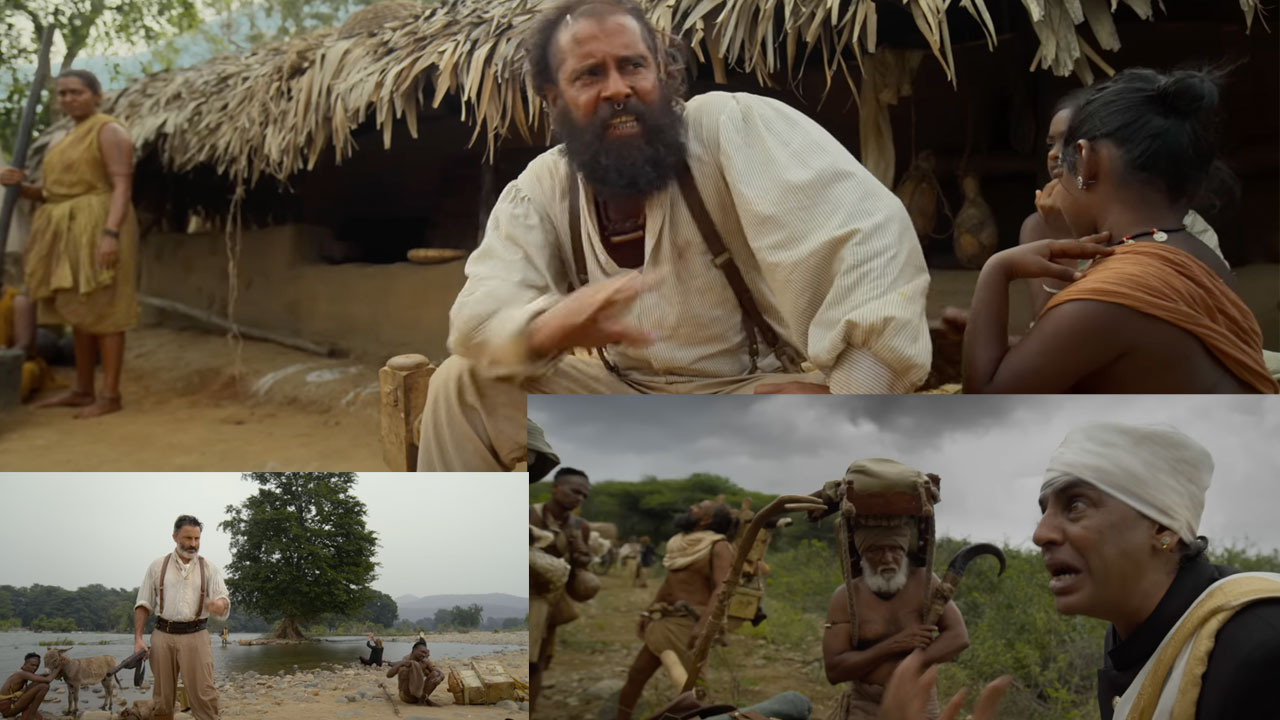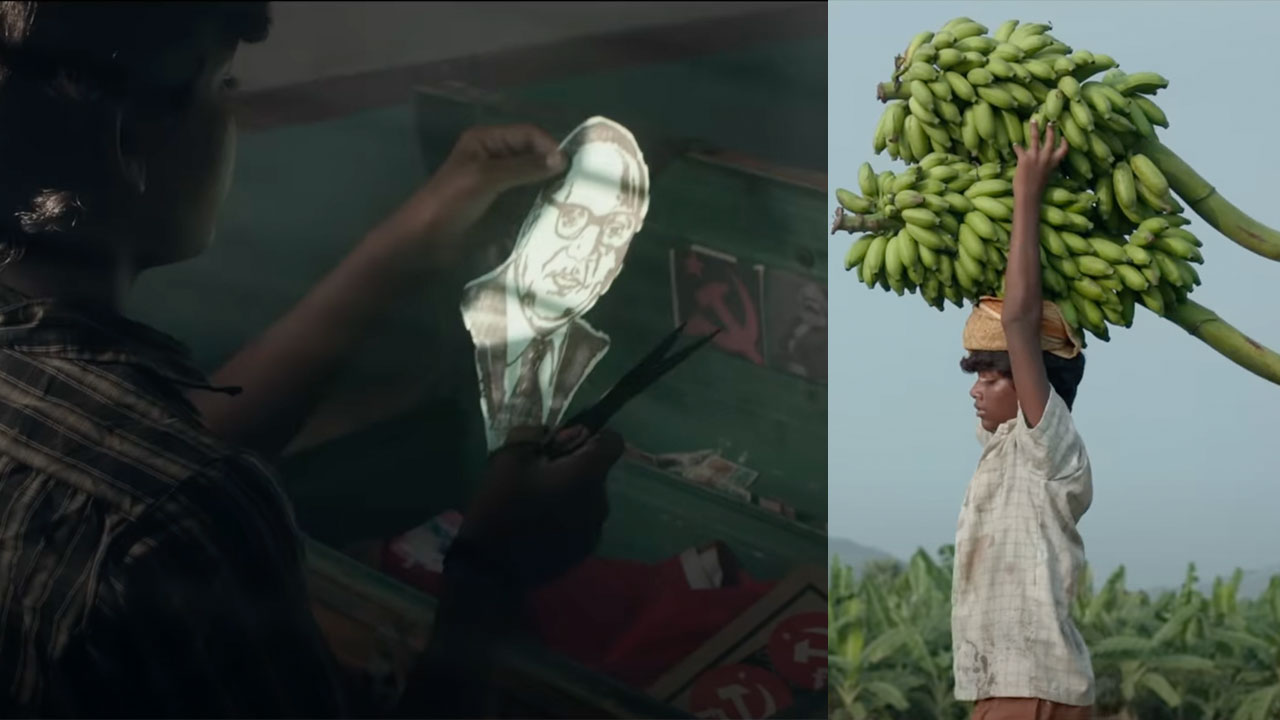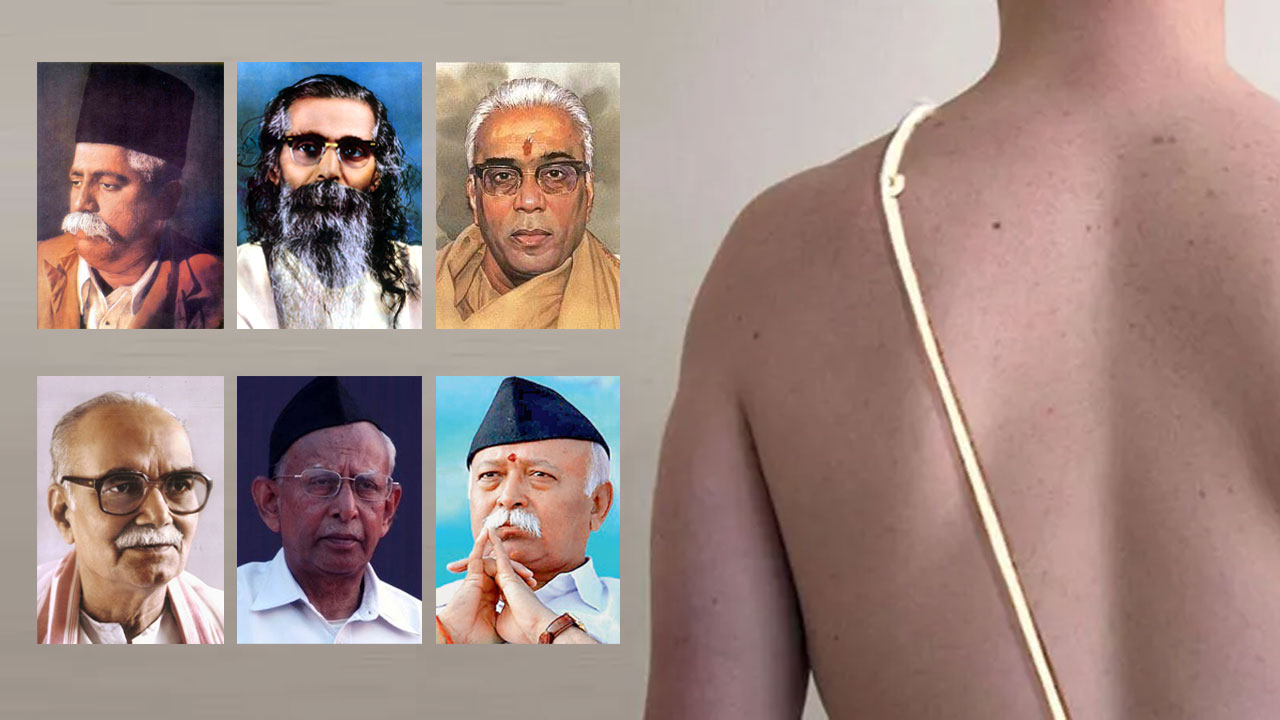In a country where cinema often serves up glossy fantasies, Pa. Ranjith’s ‘Thangalaan’ feels like a jolt of raw, unfiltered reality. It’s as if Ranjith, armed with nothing but a camera and an uncompromising vision, has descended into the depths of India’s past and emerged with a story that glitters not with the sheen of romantic nostalgia, but with the hard-won lustre of truth.
Set against the backdrop of the Kolar Gold Fields (KGF), ‘Thangalaan’ begins not with a bang, but with a quiet defiance. We meet Thangalaan, a man from an untouchable caste who, against all odds, owns a small piece of land. It’s not much, but in a world where his very existence is seen as an affront to the social order, this patch of earth represents a radical form of independence.
This fragile freedom, however, is short-lived. The local Mirasidar, a landlord whose power is built on the backs of the oppressed, can’t abide even this small act of defiance. Through a series of underhanded manoeuvres, he strips Thangalaan of his land, forcing him and his seven family members into the Pannaiyal system – a form of bonded labour that’s slavery in all but name.
It’s a gut-wrenching opening, one that sets the stage for the complex narrative to come. Ranjith, never one to shy away from the harsh realities of caste oppression, uses this personal tragedy as a window into a larger historical truth: the systematic denial of dignity, resources, and independence to millions of Indians deemed “untouchable”.
Ranjith goes beyond merely depicting oppression; he delves into the complex layers of history that many would prefer to leave buried. The arrival of Lord Clement, a British official seeking assistance for his expedition in search of gold, marks a pivotal moment not only for Thangalaan but also for our understanding of colonial India. Despite his family’s reluctance, Thangalaan chooses to enlist with the British, declaring that he refuses to remain a slave to the Mirasidar. In his pursuit of freedom and a better future, he joins the expedition, signalling the beginning of a transformation that challenges conventional portrayals of both British colonialism and Dalit history.
In one of the film’s most powerful scenes, Thangalaan returns to his village transformed. Dressed like the British, astride a horse with a gun at his side, he presents a striking visual shock. This moment compels us to confront a provocative question: What if the Untouchables (today’s SC) and Shudras (today’s OBC), historically dictated by the Code of Manu to be denied access to weapons, had been given access to weapons and symbols of power? The British, indifferent to these ancient prohibitions, allowed Thangalaan to embrace symbols of authority that were traditionally forbidden. His transformation challenges the long-standing restrictions imposed on marginalized communities and invites us to reconsider the implications of empowerment in a colonial context.

The brilliance of Ranjith’s storytelling lies in how he addresses a little-discussed historical reality: the Untouchables were given guns by the British and played a crucial role in establishing and maintaining British rule in the Indian subcontinent.
While Ranjith may not explicitly draw attention to this, one cannot help but draw parallels between the Battle of Bhima Koregaon, where Mahar (Dalit) soldiers fighting for the British East India Company defeated the Brahmin Peshwa, and the role of the Pariyar and Mahar regiments in quelling the 1857 rebellion, often romantically referred to as India’s “First War of Independence”. Ranjith does not shy away from the complexities of this history, inviting viewers to reflect on the intricate dynamics of power and resistance.
These historical references serve a dual purpose. They illuminate a part of Indian history often overlooked in mainstream narratives, and they complicate our understanding of both British colonialism and Dalit history. The British, in Ranjith’s telling, are neither saviours nor simple villains. They are opportunists who, in their quest for control, inadvertently created fissures in the rigid caste hierarchy.
This nuanced portrayal is exemplified in a pivotal scene where Lord Clement addresses the Dalit workers. As he speaks of opportunity and fair compensation, his words are deliberately mistranslated by an upper-caste interpreter. It’s a moment that encapsulates the layered nature of oppression in colonial India, and the complex position Dalits often found themselves in – caught between the exploitative but somewhat meritocratic British system and the suffocating constraints of traditional caste hierarchy.
As Thangalaan’s journey progresses, it evolves from a quest for personal freedom to a deeper search for identity. The hunt for gold becomes a metaphor for his excavation of his own history and heritage. This is where Ranjith’s storytelling truly shines, as he weaves together personal discovery with broader themes of cultural reclamation.
The symbolism in “Thangalaan” is rich and multifaceted. The decapitated Buddha statue, a powerful metaphor for the suppression of Buddhism in India, takes on new meaning when Thangalaan’s son, Asokan (named after the great Buddhist emperor), reattaches the head. This act symbolizes not just the potential revival of Buddhism in its land of birth, but also the reclamation of a philosophical tradition that once challenged the very foundations of the caste system.
The black panther guarding the gold mines serves as another potent symbol, which evokes modern resistance movements, particularly the Black Panther Party. Ranjith’s use of this imagery subtly connects the struggle of Dalits in India to global movements for racial justice, while also resonating with the Dalit Panther movement in Maharashtra and in Tamil Nadu (where it is now the VCK – Viduthalai Chiruthaigal Katchi), which similarly adopted the panther as a symbol of resistance. This connection underscores the universal nature of the fight against oppression and highlights the shared struggles across different contexts.
Perhaps most intriguingly, ‘Thangalaan’ explores the concept of a shared heritage among India’s marginalized communities. As Thangalaan discovers his Naga identity, the film touches on the idea of a common lineage among Scheduled Castes, Scheduled Tribes, and Other Backward Classes – a notion rooted in the political philosophy of Bahujan thought. This exploration of identity feels urgently relevant in today’s India, where debates about belonging and historical narratives are more heated than ever.
What sets ‘Thangalaan’ apart is its ability to be both intellectually stimulating and cinematically entertaining. The action sequences are crafted to satisfy thrill-seekers, while history buffs will find plenty to analyze and discuss. The lead performance brings depth and nuance to Thangalaan’s journey, making his transformation from oppressed labourer to a man reclaiming his heritage feel both epic and deeply personal.
Even the supporting cast shines, particularly in the portrayal of British characters. Avoiding the trap of caricature, these roles present fully realized individuals caught in the machinery of colonialism, adding layers of complexity to the narrative. This nuanced approach extends to the depiction of upper-caste Indian characters as well, presenting a society in flux, grappling with changing power dynamics and the erosion of traditional hierarchies.
As India’s film industry grapples with calls for more diverse and thoughtful storytelling, ‘Thangalaan’ feels like a watershed moment. It’s a big-budget spectacle that doesn’t shy away from uncomfortable truths, a historical epic that feels urgently relevant to our present. By centring the experiences of those traditionally marginalized in historical narratives, the film opens up new avenues for understanding India’s past and, by extension, its present.
The impact of ‘Thangalaan’ is poised to ripple beyond the cinema halls. Historians are likely to revisit the role of Dalits in the colonial era, while social activists may use the film as a springboard to discuss ongoing caste discrimination. In the world of Indian cinema, it represents a growing trend of films that dare to confront uncomfortable truths about the nation’s history and social structure.
Perhaps most importantly, ‘Thangalaan’ reminds us of the power of cinema to complicate our understanding of history, to challenge our preconceptions, and to give voice to the voiceless. In an era where simplistic narratives often dominate public discourse, Ranjith’s film stands as a testament to the importance of nuanced storytelling.
As the credits roll on ‘Thangalaan’, viewers are left with more questions than answers – and that might be the film’s greatest achievement. It’s a gold pan swirling with questions about our past, our identity, and our future. Some viewers might strike rich veins of new understanding, while others might be left panning for meaning. But one thing’s for certain: Pa. Ranjith has once again proven himself a filmmaker willing to dig where others fear to tread.
‘Thangalaan’ isn’t just rewriting history – it’s redefining what Indian cinema can be. It’s a cinematic journey that’s part history lesson, part thrill ride, and all provocation. In a landscape often dominated by comfortable myths, Ranjith offers us something far more valuable: a chance to grapple with the complex, often painful truths of our shared past. And in today’s India, that’s worth more than all the gold in Kolar.
Forward Press also publishes books on Bahujan issues. Forward Press Books sheds light on the widespread problems as well as the finer aspects of Bahujan (Dalit, OBC, Adivasi, Nomadic, Pasmanda) society, culture, literature and politics. Contact us for a list of FP Books’ titles and to order. Mobile: +917827427311, Email: info@forwardmagazine.in)





